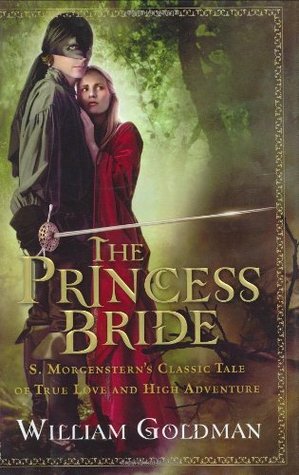1. Alyce – Sarah Scheele. This Cinderella retelling, with its many twists, is funny all the way through! Every character has their own quirk and you don’t want to miss what they (or the narrator!) has to say next.

2. Winnie-the-Pooh and The House at Pooh Corner – A. A. Milne. I’m sure you’re all familiar with this one. The characters and their childish (in the best, sweetest manner) adventures turned out to be a great commentary on life.

3. The Inimitable Jeeves – P. G. Wodehouse. This story about a rich young man and his butler who’s constantly helping him out of scrapes is made funnier by its British expressions.

4. The Innocents Abroad – Mark Twain. This travel memoir of a tour group going through Europe and the Holy Land is laced with witty observations of foreign cultures and self-deprecating pokes at tourist psychology. It may move slowly for some readers, but I found that makes the humor richer!

5. The Adventures of Tom Sawyer – Mark Twain. I’m sure you’re all familiar with this one, too. A mischievous boy, a Mississippi River town, lots of boyish adventures … great fun!

6. Notes from a Small Island – Bill Bryson. This is another travel memoir, by a contemporary American who lived in England. Besides being witty, Bill Bryson’s prose is strong and descriptive, too (as you’d expect from a travel book!). However, there are some off-color parts to beware of ….


8. The Princess Bride – William Goldman. Much like the movie, this book deals with serious themes in a rather comedic manner. It’s a fairy tale-love story parody and finds all the right things to joke about. (I happened to like the movie a lot more, though.)

9. All Creatures Great and Small – James Herriot. This memoir of a vet in 1930s Yorkshire is chock full of idiosyncratic country folk and funny animal crises, with its share of seriousness.

10. Jane Austen’s Juvenilia. I find many parts of Jane Austen’s novels and other writings, if not laughter-inducing, at least smile-inducing, but her humor and sarcasm were heavier in her juvenilia. While I do prefer a light touch, her youthful efforts to be funny won me over because, well, she’s the future witty, famous author.

all images from goodreads
Since these are only the ten funniest, I can think of others I could have included. A couple of other books I remember making me laugh were The Scarlet Pimpernel and Cyrano de Bergerac, but they were quite serious, too, and I remember that more. So, what are the funniest books you’ve ever read?






